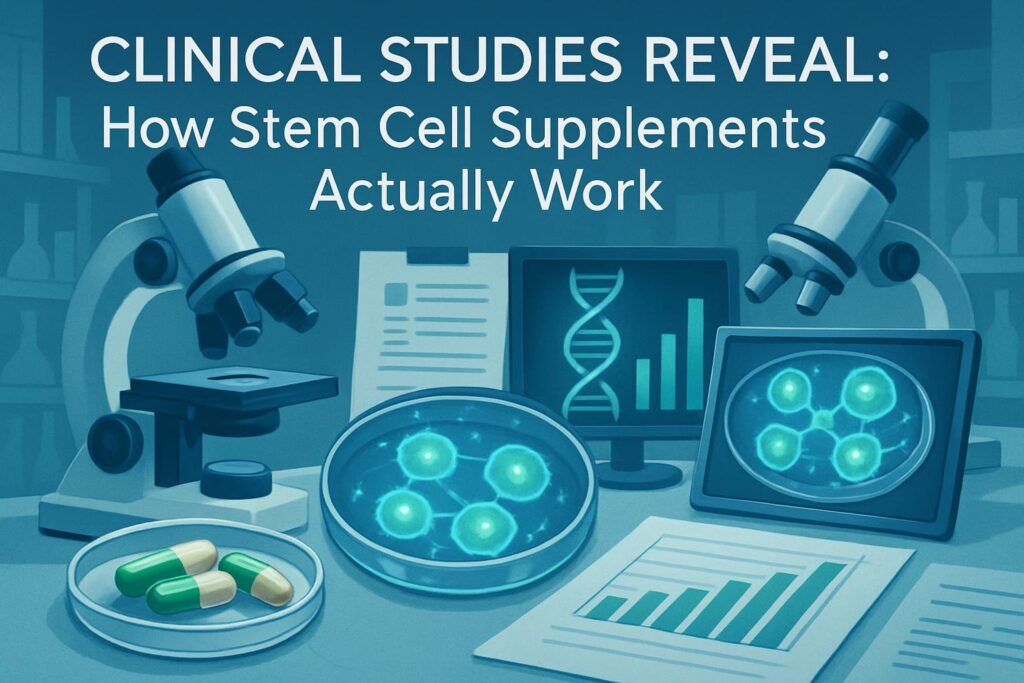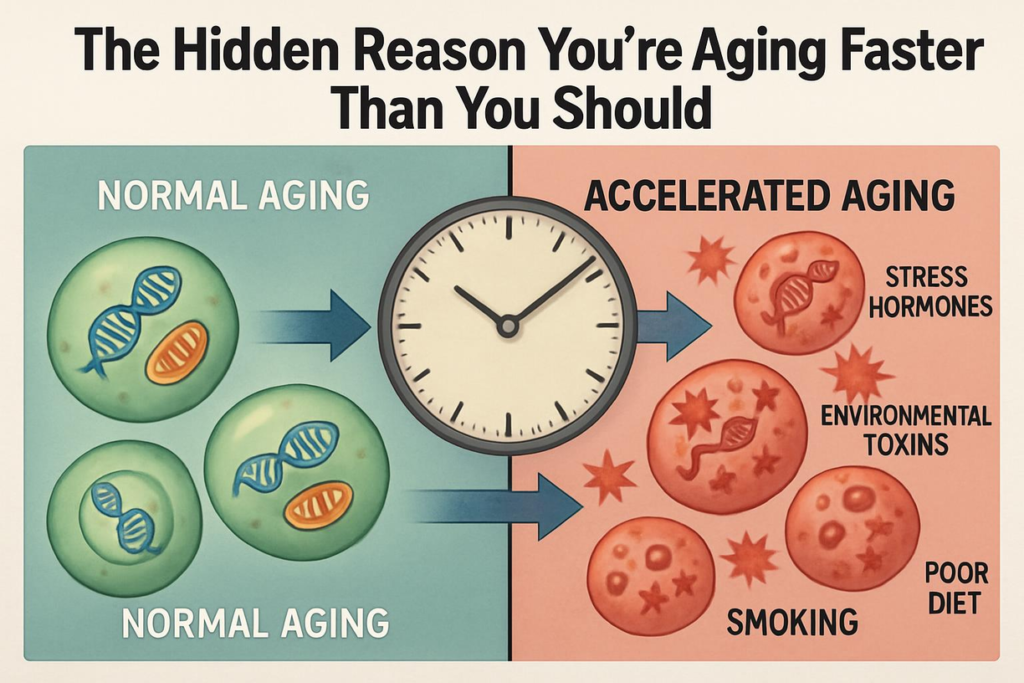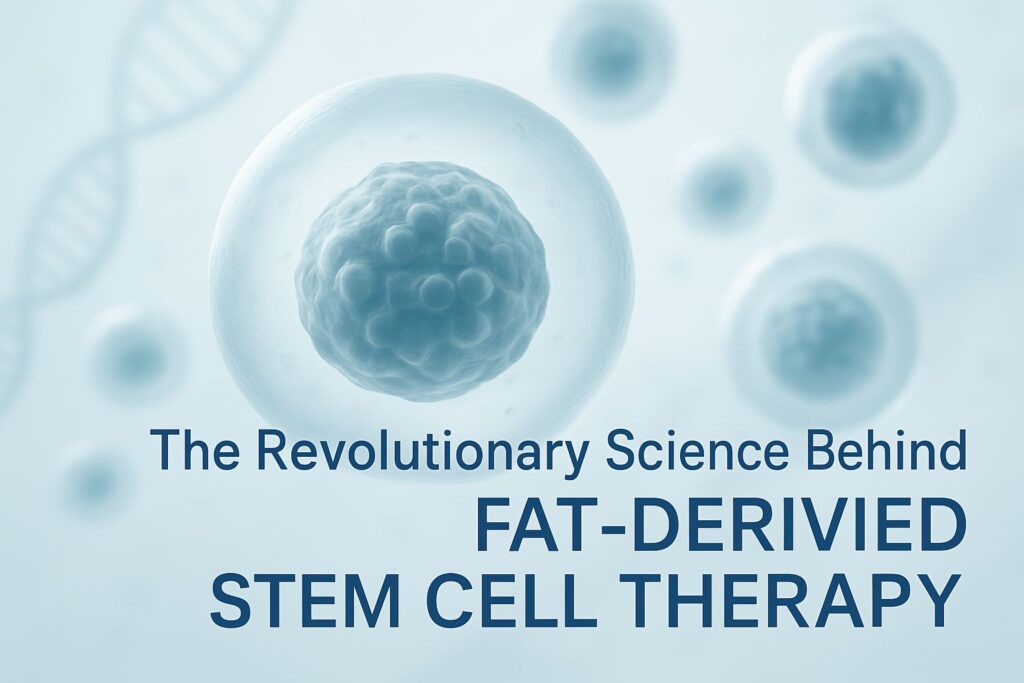Have you ever wondered how cutting-edge medical science is harnessing the power of nature to heal and regenerate our bodies? Welcome to the world of stem cell therapy, where Wharton’s Jelly emerges as a beacon of hope.
Stem cell therapies have taken the medical field by storm, offering promising treatments for a range of conditions. But did you know that a gelatinous substance found in the umbilical cord might hold the key to the future of regenerative medicine? That’s right! Wharton’s Jelly, a rich source of mesenchymal stem cells (MSCs), is at the forefront of transformative medical research.
What is Wharton’s Jelly?
Wharton’s Jelly is a fascinating component of the umbilical cord. Named after the 17th-century anatomist Thomas Wharton, this gelatinous substance is found in the umbilical cord and is rich in mesenchymal stem cells (MSCs). Unlike other sources of stem cells, Wharton’s Jelly provides a non-invasive and ethical alternative, as it is typically discarded after childbirth.
But what exactly makes Wharton’s Jelly so special? Picture a soft, cushiony material enveloping the umbilical cord, providing essential support and protection. This gelatinous structure is composed of collagen fibers, hyaluronic acid, and other growth factors. It’s this unique composition that makes Wharton’s Jelly a powerhouse for stem cell therapy.
Table 1: Components of Wharton’s Jelly
| Component | Description |
|---|---|
| Collagen fibers | Provide structural support |
| Hyaluronic acid | Enhances hydration and cellular renewal |
| Growth factors | Promote cellular regeneration and healing |
| MSCs | Key players in tissue repair and regeneration |
Wharton’s Jelly not only supports the umbilical cord during pregnancy but also serves as a rich source of mesenchymal stem cells post-birth. These stem cells possess the remarkable ability to differentiate into various cell types, making them invaluable for a range of medical applications.
Composition of Wharton’s Jelly
Let’s break down the composition of Wharton’s Jelly to understand why it’s such a vital element in regenerative medicine. At its core, Wharton’s Jelly is made up of:
- Extracellular Matrix (ECM): This is the connective tissue network that provides structural and biochemical support. The ECM in Wharton’s Jelly is rich in collagen, hyaluronic acid, and proteoglycans.
- Mesenchymal Stem Cells (MSCs): These are the real stars of Wharton’s Jelly. MSCs have the unique ability to differentiate into various cell types such as bone, cartilage, and muscle cells. They also possess anti-inflammatory properties that can help reduce inflammation and promote healing.
- Fibroblasts: These cells produce the collagen fibers and extracellular matrix components that provide the structural framework of Wharton’s Jelly.
- Growth Factors and Cytokines: These proteins and signaling molecules are crucial for cellular regeneration and tissue repair. They help guide the stem cells to the damaged tissue and kickstart the healing process.
This unique combination makes Wharton’s Jelly an ideal candidate for stem cell therapy. The presence of hyaluronic acid helps in collagen synthesis, while the growth factors and cytokines ensure that the cells get to work where they’re needed most.
Unique Properties of Wharton’s Jelly
So, what sets Wharton’s Jelly apart from other sources of stem cells? Here are some of its unique properties:
- High Cell Yield and Proliferation Rate: The stem cells found in Wharton’s Jelly can be harvested in large quantities and have a high rate of proliferation, meaning they can multiply rapidly.
- Immunomodulatory Properties: Wharton’s Jelly MSCs have anti-inflammatory properties that help modulate the immune response, reducing the risk of rejection and promoting healing.
- Ethical and Non-invasive Collection: Unlike embryonic stem cells, which raise ethical concerns, Wharton’s Jelly is collected from the umbilical cord post-birth, a process that poses no harm to the mother or baby.
- Low Risk of Tumor Formation: Studies have shown that MSCs from Wharton’s Jelly have a lower risk of forming tumors compared to other types of stem cells.
These properties make Wharton’s Jelly an excellent candidate for a variety of therapeutic applications.
Therapeutic Potential of Wharton’s Jelly
The therapeutic potential of Wharton’s Jelly is vast and continually expanding. Here are some of the cutting-edge applications currently being explored:
- Regenerative Medicine: Wharton’s Jelly MSCs are being used to treat conditions like osteoarthritis, spinal cord injuries, and Parkinson’s disease. These stem cells promote tissue regeneration and help repair damaged tissues.
- Pain Management: Umbilical cord stem cell injections using Wharton’s Jelly are showing promise in reducing pain and improving mobility in patients with chronic conditions.
- Anti-inflammatory Treatments: Due to their anti-inflammatory properties, Wharton’s Jelly MSCs are being explored for treating inflammatory conditions such as rheumatoid arthritis and Crohn’s disease.
- Cosmetic Applications: The ability of Wharton’s Jelly to promote collagen synthesis and improve skin health is being harnessed in the cosmetic industry for anti-aging treatments.
Advantages Over Other Stem Cell Sources
What makes Wharton’s Jelly stand out in the crowded field of stem cell therapy? Here are some key advantages:
- Ethical Collection: Unlike embryonic stem cells, which are harvested from embryos, Wharton’s Jelly is collected from the umbilical cord after birth, making it a more ethical option.
- High Proliferation Rate: The stem cells found in Wharton’s Jelly multiply rapidly, providing a plentiful supply for therapeutic applications.
- Lower Risk of Tumors: Compared to embryonic stem cells, MSCs from Wharton’s Jelly have a lower tendency to form tumors, increasing their safety profile.
- Broad Differentiation Potential: Wharton’s Jelly MSCs have the ability to differentiate into various cell types, making them versatile for multiple therapeutic uses.
Table 2: Comparison of Stem Cell Sources
| Source | Ethical Collection | Proliferation Rate | Tumor Risk | Differentiation Potential |
|---|---|---|---|---|
| Wharton’s Jelly | Yes | High | Low | Broad |
| Embryonic Stem Cells | No | Moderate | High | Very Broad |
| Bone Marrow | Yes | Low | Low | Moderate |
| Adipose Tissue | Yes | Moderate | Low | Moderate |
Challenges and Considerations
Despite its many benefits, there are some challenges and considerations when using Wharton’s Jelly for stem cell therapy:
- Harvesting and Preservation: The process of harvesting and preserving Wharton’s Jelly must be done meticulously to ensure the viability of the stem cells.
- Regulatory and Ethical Concerns: Although Wharton’s Jelly is collected ethically, there are still regulatory hurdles to ensure the safety and efficacy of treatments using these stem cells.
- Potential Risks and Limitations: As with any medical treatment, there are potential risks and limitations. While Wharton’s Jelly MSCs have a lower risk of tumor formation, this risk is not entirely eliminated.
Table 3: Challenges in Using Wharton’s Jelly
| Challenge | Description |
|---|---|
| Harvesting and Preservation | Ensuring the viability of stem cells during collection and storage |
| Regulatory and Ethical Concerns | Navigating regulatory frameworks to ensure safety and efficacy |
| Potential Risks and Limitations | Addressing potential risks such as immune reactions or incomplete regeneration of tissues |
Future Directions in Wharton’s Jelly Research
The future of Wharton’s Jelly research is bright and full of potential. Here’s a glimpse into what’s on the horizon:
- Emerging Technologies: Advances in biotechnology are enabling more efficient isolation and application of stem cells from Wharton’s Jelly. Techniques like 3D bioprinting and harnessing the power of exosomes are paving the way for new treatments.
- New Therapeutic Applications: Ongoing clinical trials are exploring the use of Wharton’s Jelly for treating a wide range of conditions, from spinal cord injuries to autoimmune diseases.
- Personalized Medicine: As we learn more about the specific properties of Wharton’s Jelly MSCs, treatments can be tailored to individual needs, enhancing their effectiveness and reducing potential risks.
Conclusion
Wharton’s Jelly emerges as a beacon of hope in the realm of stem cell therapy. Its unique composition, ethical collection process, and broad therapeutic potential make it a transformative player in regenerative medicine.
As research continues to unlock the full potential of Wharton’s Jelly, we can look forward to a future where cellular renewal and tissue repair are not just possibilities, but realities.
By harnessing the power of this incredible substance, we’re not just treating diseases—we’re improving lives and promoting a higher quality of life for countless individuals.



